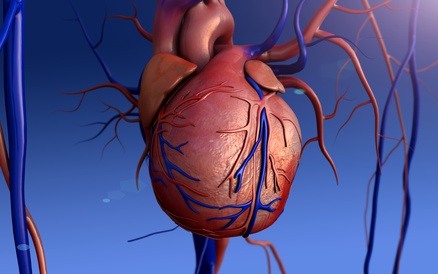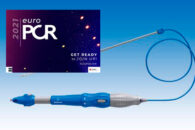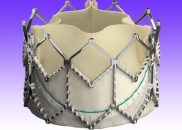Bicuspid aortic valve malformation is the most frequent cardiac malformation (about 1%), and a significant percentage of these cases generate severe aortic stenosis. As we know, transcatheter aortic valve replacement (TAVR) has been developed for tricuspid valves, which are studied in the most important randomized trials for high-, medium-, and low-risk patients. While current information…
EuroPCR 2021 | Evolut Low Risk: Two-Year Results of The Self-Expanding Valve in Low-Risk Patients
Transcatheter aortic valve replacement (TAVR) with the Evolut self-expanding valve was non-inferior to surgery in patients with low surgical risk. After two years, the primary endpoint of death or disabling stroke was similar between both strategies. This presentation at EuroPCR 2021 reinforces the results presented during the American College of Cardiology (ACC) 2019 Congress and…
Surgeons’ Claim on Low-Risk Patients with Aortic Stenosis
Recent randomized trials including low-risk patients showed positive results for transcatheter aortic valve replacement (TAVR) compared with surgical aortic valve replacement. However, surgeons argue that these cases fail to consider patients from daily clinical practice, but rather include a population that has been carefully selected for randomized trials. Patients with non-tricuspid aortic stenosis, with severe…
AAS vs Warfarin in Low Risk TAVR
We are still discussing the adequate antithrombotic scheme after transcatheter aortic valve replacement (TAVR). Additionally, we are treating a much wider array of patients ranging from low risk to inoperable. And there is yet one more important point: hypo-attenuated leaflet thickening diagnosed by CT. We are still unaware of the impact they have on device…
Leaflet Thickening and Immobility in Evolut Low Risk
Leaflet thickening and immobility caused by thrombosis have been reported for both surgical and transcatheter bioprostheses. This phenomenon is diagnosed through hypoattenuation, thickening, and lack of motion, as observed through computed tomography (CT) imaging. The incidence and, especially, the clinical implications of this phenomenon remain unclear, but they are of great interest, particularly in a…
TAVR Reaches Low-Risk Patients with Bicuspid Valves
Transcatheter aortic valve replacement (TAVR) seems to be safe in low-risk patients with bicuspid aortic valve stenosis. Their hospital length of stay was very short, with zero mortality, and zero disabling stroke. Subclinical leaflet thrombosis and device durability are still unknown. The United States Food and Drug Administration (FDA) approved TAVR for low-risk patients. However,…
Virtual ACC 2020 | First Results of Evolut in Low-Risk Bicuspid Valves
The initial results of this study presented “virtually” at the American College of Cardiology (ACC) 2020 Scientific Session suggest that patients with severe bicuspid aortic stenosis can be treated with self-expandable valve Evolut. This is a small study presenting its 30-day outcomes. There is still a long way to go. The rate of all-cause mortality…
Virtual ACC 2020 | PARTNER 3: TAVR vs CABG in Low Risk at 2 Years
The 2-year outcomes in patients with severe aortic stenosis and low surgical risk continue to show a numerical benefit in favor of transcatheter aortic valve replacement (TAVR) vs. surgical replacement (CABG) for the primary end point of death, stroke or repeat hospitalization for cardiovascular reasons. However, the initially higher advantage of TAVR has been narrowing…
Europe Grants Approval to Balloon-Expandable Valve in Low-Risk Patients; Self-Expanding Valve Still Waiting for It
The balloon-expandable valve has been granted approval in Europe for treatment of the complete risk spectrum of symptomatic severe aortic stenosis. Europe has recently approved an expanded indication for the Sapien 3 system for use in low-risk patients, as reported by Edward Lifesciences. Sapien 3, which includes the next-generation Sapien 3 Ultra, is the first transcatheter heart valve…
- 1
- 2









